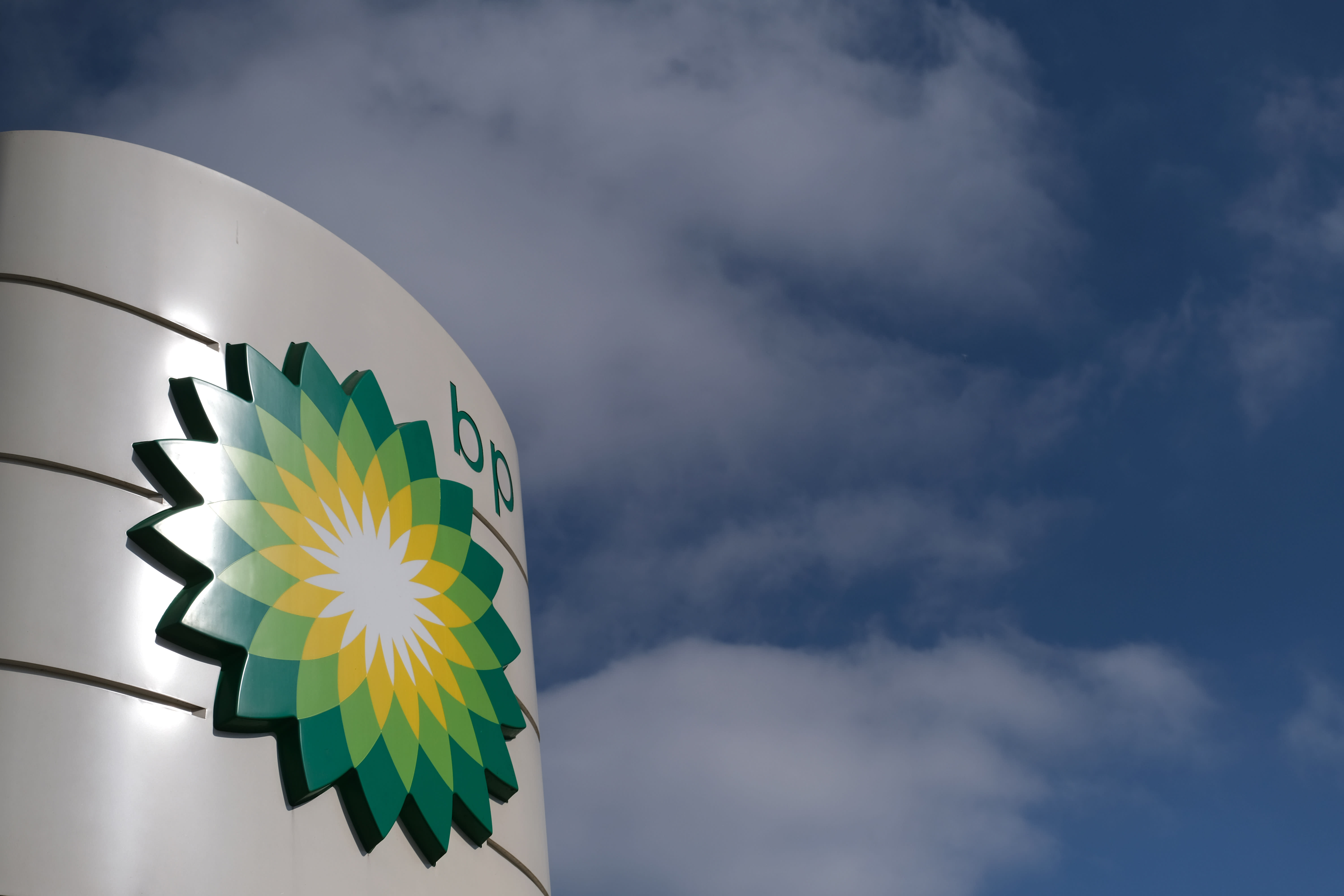BP said Thursday it was working on plans for a major facility which could generate as much as 1 gigawatt of “blue hydrogen” by 2030.
So-called blue hydrogen refers to hydrogen produced using natural gas, with the CO2 emissions generated during the process captured and stored.
The proposed development, described by BP as the United Kingdom’s “largest hydrogen project,” would be based in Teesside, north-east England.
According to the oil and gas giant, the H2Teesside development would be able to “capture and send for storage” as much as two million metric tons of carbon dioxide every year. The U.K. government wants to have 5 GW of low-carbon hydrogen capacity by 2030.
Described by the International Energy Agency as a “versatile energy carrier,” hydrogen has a diverse range of applications. BP said the hydrogen produced by H2Teesside could, among other things, provide energy to residential homes and industry or “be used as a fuel for heavy transport.”
A final investment decision on the development will be taken in 2024. If all goes to plan, 500 megawatts of capacity could be in production by 2027 or earlier, BP said. Capacity refers to the maximum amount a facility can produce.
“Blue hydrogen, integrated with carbon capture and storage, can provide the scale and reliability needed by industrial processes,” Dev Sanyal, who is BP’s executive vice president of gas and low carbon energy, said in a statement.
“It can also play an essential role in decarbonising hard-to-electrify industries and driving down the cost of the energy transition,” he added.
Hydrogen can be produced in a number of ways. Another method includes using electrolysis, with an electric current splitting water into oxygen and hydrogen. If the electricity used in the process comes from a renewable source such as wind or solar, some term it “green” or “renewable” hydrogen.
In recent years, a number of large industrial firms have announced plans to integrate green hydrogen into their operations. In addition, major economies such as the European Union have laid out plans to install at least 40 gigawatts of renewable hydrogen electrolyzers by 2030.
Earlier this week, the incoming CEO of German utility RWE stressed the important role hydrogen could play in the decarbonization of energy intensive industries.
Speaking to CNBC’s Joumanna Bercetche, Markus Krebber — who is currently RWE’s chief financial officer — described hydrogen as “definitely one of our long-term growth areas.”
“What makes us so optimistic is that, currently, hydrogen is the only technical solution to decarbonize parts of … energy intensive industry, aviation, maritime, but also heavy-duty transportation,” Krebber said, adding that his company was “very well placed to play a very relevant role.”
